Koshi Province
Local communities join forces to protect red panda
Residents of two local units in Khotang have been conducting awareness and conservation campaigns to save the endangered species.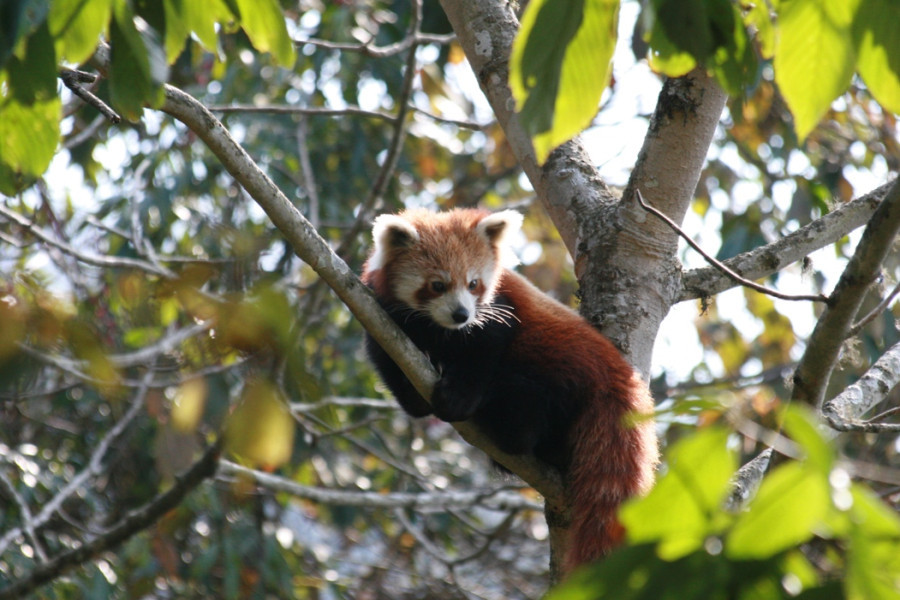
Dambar Singh Rai
As red panda sightings have been quite rare in Khotang, a hill district of Koshi Province, over the past few years, the local people started taking initiatives for its conservation.
The residents of Phedi of Kepilasgadhi Rural Municipality and Patheka of Diktel Rupakot Majhuwagadhi Municipality have joined hands with government authorities and organisations working on red panda conservation to protect the endangered species. They have been launching awareness campaigns and measures to control poaching simultaneously for red panda conservation.
Red panda is a shy and charismatic endangered mammal species, known as habre in Nepali. According to conservationists, red pandas are found in various community forests in Khotang.
The consumers of four community forests have intensified conservation efforts to protect red pandas. The consumer committees of Phungalung and Bagale community forests in ward 1 of Kepilasgadhi Rural Municipality and Kopche and Merung community forests in ward 10 of Diktel Rupakot Majhuwagadhi Municipality have launched ‘Red Panda Conservation Programme’. The Red Panda Network and Janakalyan Samaj Nepal—organisations working on red panda conservation—along with the Division Forest Office are supporting the local efforts to conserve red pandas.
“We are deeply concerned about the declining population of red pandas in our region over the past few years. The locals are now dedicated to conserving this endangered species and safeguarding the ecosystem,” said Gyan Kumar Rai, a resident of Kepilasgadhi Rural Municipality. He also emphasised that red panda conservation would also help boost tourism in the area.
The consumers of Phungalung and Bagale community forests have formed separate ‘poaching and smuggling control committees’, each comprising nine members. Similar committees have been formed in Kopche and Merung community forests. The committees have appointed two forest guards in each community forest to curb poaching and smuggling activities.
The Red Panda Network, a prominent organisation working for red panda conservation, has been implementing various programmes nationwide.
Tej Binod Pokharel, a programme officer at the network, said that they have been collaborating with local communities to protect red pandas and conducting research and studies.
He expresses optimism regarding red panda conservation, attributing it to the growing enthusiasm among local residents in protecting the endangered species.
Four years ago, Kepilasgadhi Rural Municipality had provided Rs200,000, while the Division Forest Office gave Rs50,000 to support the poaching and smuggling control committees in their red panda conservation efforts. The money was spent to conduct various awareness programmes and install informational hoarding boards in several places. Additionally, the committee announced a cash prize of Rs 5,000 for anyone taking a photo or video of the red panda. One Pancha Keshar Rai won the award for capturing a red panda in Chhimalung Community Forest.
According to local residents, red pandas were found in Dayalub, Debikharka and Bungbunge community forests of Sungdel until a few years ago. “There are no longer any red pandas in the area due to poaching. The local people and the authorities concerned should work together for the conservation of the endangered species,” said Bhupendra Koyi Rai of Sungdel.
Red pandas live in temperate forests with an abundance of bamboo in Nepal, India, Bhutan, northern Myanmar and southwestern China. They are categorised as a protected species of Nepal by the National Parks and Wildlife Conservation Act, 1973. The estimated number of red pandas is less than 10,000 in the world, with around 1,000 of them found in Nepal.
According to a recent study conducted by the Red Panda Network, red pandas are found in 23 districts in Nepal. They are typically sighted at altitudes between 2,200 metres and 4,800 metres in Nepal. In the eastern region, they are found in the hill districts of Taplejung, Panchthar, Ilam, Khotang, Sankhuwasabha and Bhojpur district.
According to conservationists, habitat degradation, poaching, parasitic diseases, hunting by dogs and other animals are major challenges to red panda conservation in Nepal.




 9.12°C Kathmandu
9.12°C Kathmandu

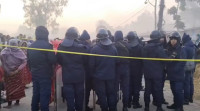





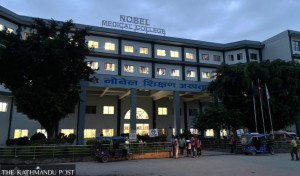

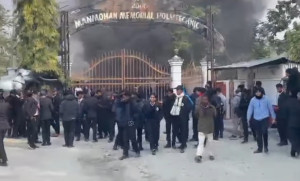
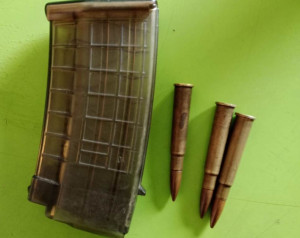


%20(1).jpg&w=300&height=200)

